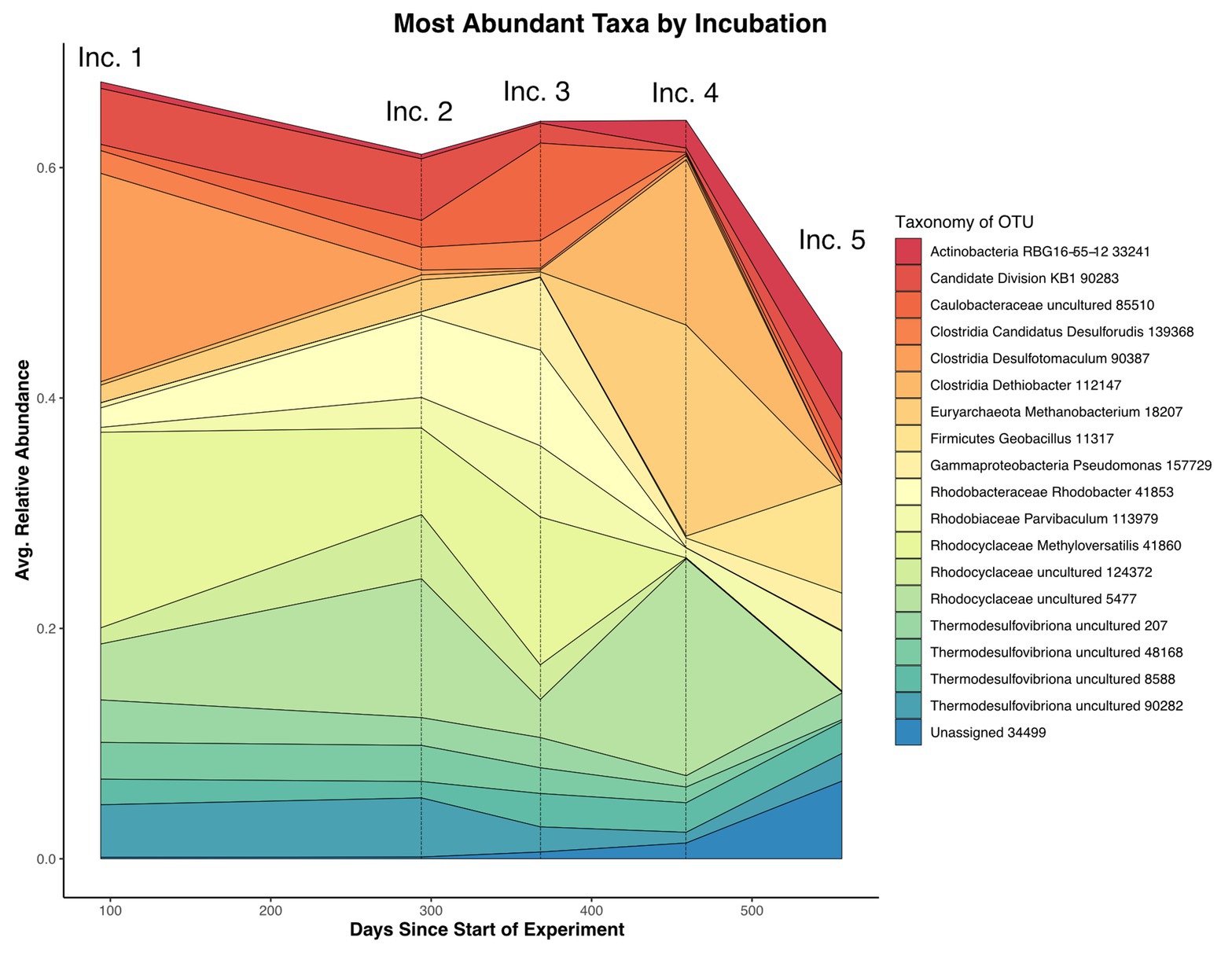Reliable Heading Tracking for Pedestrian Road Crossing Prediction usin…
페이지 정보

본문


 Furthermore, OHA enables the early and accurate detection of pedestrian crossing habits, iTagPro online issuing crossing alerts 0.35 seconds, on common, before pedestrians enter the highway vary. Tracking pedestrian heading involves constantly tracking an individual’s going through course on a 2-D flat airplane, sometimes the horizontal aircraft of the global coordinate system (GCS). Zhou et al., 2014). For iTagPro online example, a pedestrian could be walking from south to north on a highway whereas swinging a smartphone. In this case, smartphone orientation estimation would indicate the device’s dynamic orientation relative to the GCS, commonly represented by Euler angles (roll, pitch, yaw). Alternatively, monitoring pedestrian heading should accurately show that the pedestrian is moving from south to north, regardless of how the smartphone is oriented. Existing approaches to estimating pedestrian heading by means of IMU (Inertial Measurement Unit) make use of a two-stage pipeline: first, they estimate the horizontal airplane using gravity or magnetic fields, after which integrate the gyroscope to trace relative heading adjustments (Manos et al., 2018; Thio et al., 2021; Deng et al., 2015). These approaches hinge on a crucial assumption: the telephone should stay static relative to the pedestrian body.
Furthermore, OHA enables the early and accurate detection of pedestrian crossing habits, iTagPro online issuing crossing alerts 0.35 seconds, on common, before pedestrians enter the highway vary. Tracking pedestrian heading involves constantly tracking an individual’s going through course on a 2-D flat airplane, sometimes the horizontal aircraft of the global coordinate system (GCS). Zhou et al., 2014). For iTagPro online example, a pedestrian could be walking from south to north on a highway whereas swinging a smartphone. In this case, smartphone orientation estimation would indicate the device’s dynamic orientation relative to the GCS, commonly represented by Euler angles (roll, pitch, yaw). Alternatively, monitoring pedestrian heading should accurately show that the pedestrian is moving from south to north, regardless of how the smartphone is oriented. Existing approaches to estimating pedestrian heading by means of IMU (Inertial Measurement Unit) make use of a two-stage pipeline: first, they estimate the horizontal airplane using gravity or magnetic fields, after which integrate the gyroscope to trace relative heading adjustments (Manos et al., 2018; Thio et al., 2021; Deng et al., 2015). These approaches hinge on a crucial assumption: the telephone should stay static relative to the pedestrian body.
We propose a brand new heading tracking algorithm, Orientation-Heading Alignment (OHA), which leverages a key insight: individuals tend to carry smartphones in certain attitudes because of habits, whether or iTagPro online not swinging them while strolling, stashing them in pockets, or putting them in baggage. These attitudes or relative orientations, outlined as the smartphone’s orientation relative to the human physique moderately than GCS, primarily depend on the user’s habits, traits, iTagPro bluetooth tracker and even clothes. As an illustration, regardless of which path a pedestrian faces, they swing the smartphone of their habitual manner. For every smartphone attitude, OHA maps the smartphone orientation to the pedestrian heading. Because the attitudes are relatively stable for every person (e.g., holding a smartphone in the right hand and swinging), it is possible to be taught the mappings efficiently from coarse headings and smartphone orientation. Previous analysis (Liu et al., iTagPro online 2023; Yang et al., 2020; Lee et al., 2023) has famous an identical insight but adopted a different strategy for heading tracking: gathering IMU and accurate heading info for iTagPro online multiple smartphone attitudes and coaching a machine learning mannequin to predict the heading.
However, attributable to system discrepancies and iTagPro product various person behaviors, it is not possible to assemble a machine studying mannequin that generalizes to all doable smartphone attitudes. To anchor our heading estimation algorithm in a practical scenario, we apply OHA to a challenging process: predicting when pedestrians are about to cross the street-an vital drawback for improving road person security (T., pril; Zhang et al., 2021, 2020). This task, which requires accurate and well timed predictions of pedestrian crossings, is additional sophisticated by the diverse crossing patterns of pedestrians and the complexity of highway layouts. Based on the OHA heading, we suggest PedHat, a lightweight, infrastructure-free system that predicts when a pedestrian is about to cross the closest road and points crossing alerts. PedHat incorporates a lightweight mannequin that accepts OHA headings as inputs and operates in real-time on person gadgets to foretell road crossings. We developed this model using information we collected since 2020 from 60 individuals, every contributing two months of traces, masking 755 hours of strolling data.
- 이전글BMW Keys Techniques To Simplify Your Daily Lifethe One BMW Keys Technique Every Person Needs To Know 25.09.27
- 다음글The Secret Guide To Best Online Poker 25.09.27
댓글목록
등록된 댓글이 없습니다.